The Marvel Universe is a sprawling and dynamic multiverse filled with a diverse array of characters that have captured the imaginations of fans for generations. The Marvel Universe boasts a rich tapestry of characters, from iconic and beloved superheroes like Spider-Man and Captain America to enigmatic antiheroes like Deadpool and Venom. In this comprehensive character guide, we embark on an extensive journey through the Marvel Universe, delving into the origins, powers, and critical story arcs of some of the most remarkable and enduring characters in comic book history.
1. Spider-Man (Peter Parker)
Origin: Spider-Man, the brainchild of Stan Lee and Steve Ditko, swung onto the comic book scene in “Amazing Fantasy” #15 in 1962. Peter Parker, a brilliant but socially awkward high school student, gains his incredible powers after being bitten by a radioactive spider.
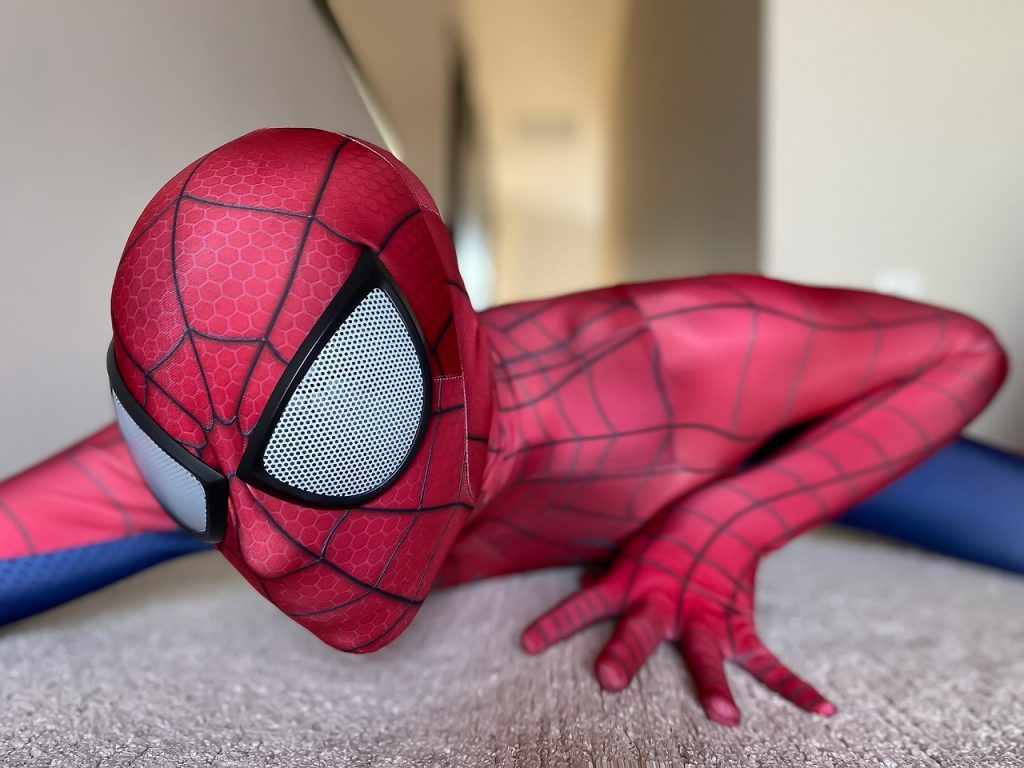
Powers: Spider-Man possesses superhuman strength, agility, and the ability to cling to walls. He also has a “spider-sense” that warns him of danger, and he designs web shooters that allow him to swing through the city and create web-based gadgets.
Key Story Arcs: “The Night Gwen Stacy Died,” “The Clone Saga,” “Kraven’s Last Hunt.”
2. Iron Man (Tony Stark)
Origin: Iron Man debuted in “Tales of Suspense” #39 in 1963, courtesy of Stan Lee, Larry Lieber, Don Heck, and Jack Kirby. Tony Stark, a genius inventor and billionaire playboy, becomes Iron Man after creating a suit of powered armor.
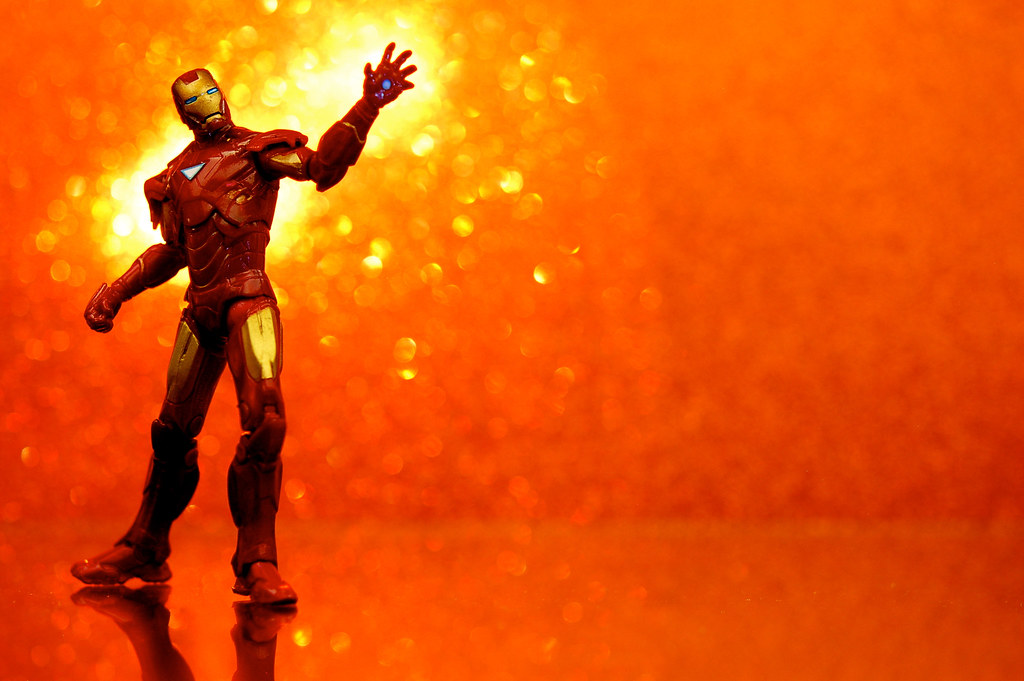
Powers: The Iron Man suit grants Tony Stark superhuman strength, flight, advanced weapons, and technology. It’s a marvel of engineering and innovation.
Key Story Arcs: “Demon in a Bottle,” “Extremis,” “Armor Wars.”
3. Captain America (Steve Rogers)
Origin: Captain America, the embodiment of patriotism and heroism, first graced the pages of “Captain America Comics” #1 in 1941, created by Joe Simon and Jack Kirby. A frail young man, Steve Rogers becomes Captain America through the Super-Soldier Serum during World War II.
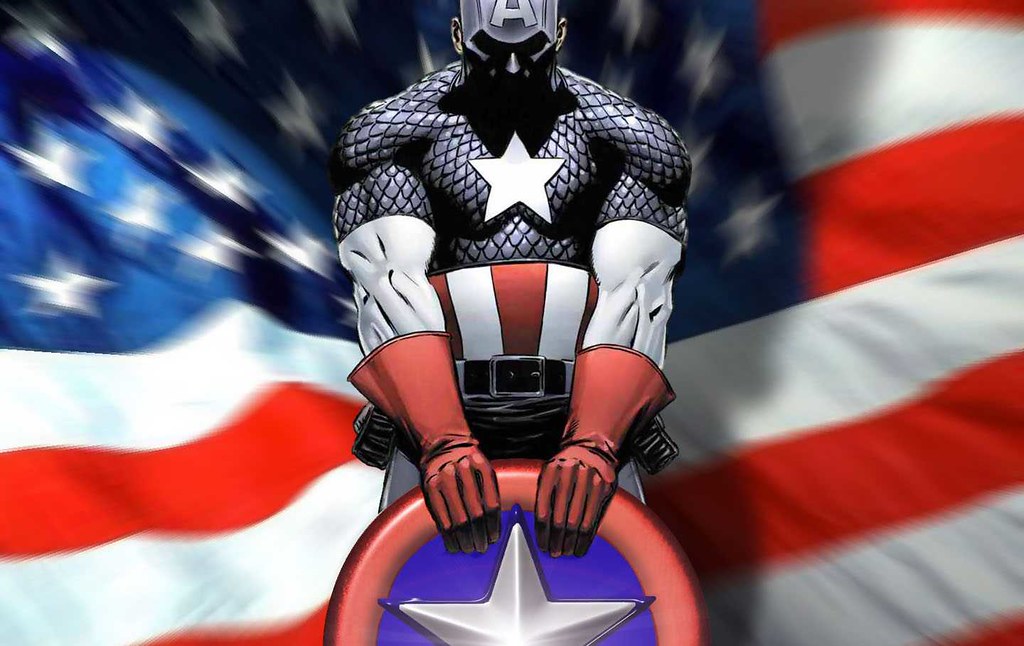
Powers: Captain America possesses enhanced strength, agility, and endurance. He wields a nearly indestructible shield that he uses defensively and as a formidable projectile.
Key Story Arcs: “The Winter Soldier,” “Civil War,” “Secret Empire.”
4. Thor
Origin: Thor, the Norse God of Thunder, made his comic book debut in “Journey into Mystery” #83 in 1962, thanks to the creative minds of Stan Lee, Larry Lieber, and Jack Kirby. Thor’s dual identity involves the mortal Dr. Donald Blake.
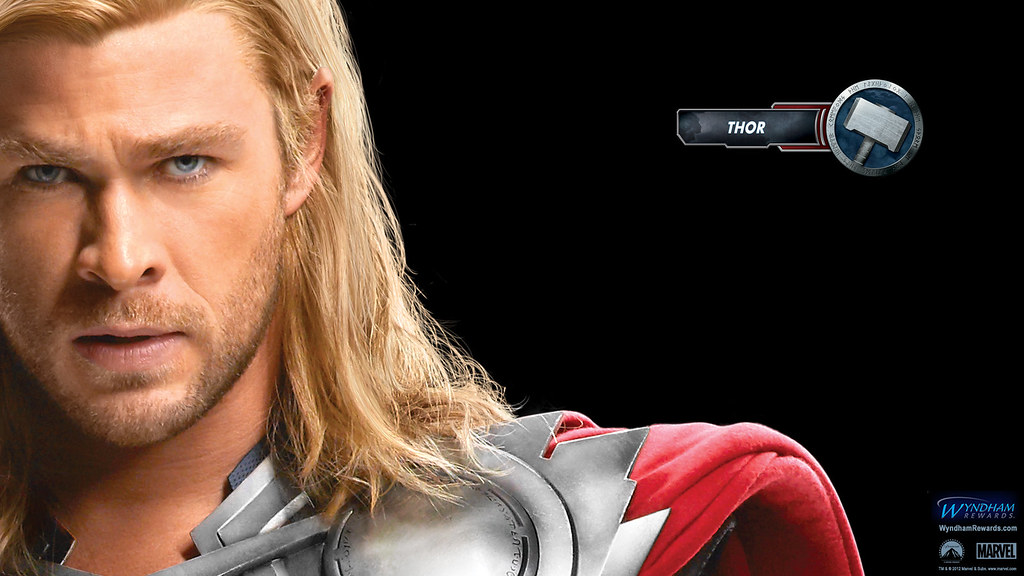
Powers: Thor boasts god-like strength and the ability to control lightning, and is virtually immortal. He wields the enchanted hammer Mjölnir, which grants him incredible authority and can only be wielded by those deemed “worthy.”
Key Story Arcs: “The Ragnarok Cycle,” “God Butcher,” “War of the Realms.”
5. Hulk (Bruce Banner)
Origin: The Incredible Hulk smashed onto the comic book scene in “The Incredible Hulk” #1 in 1962, courtesy of Stan Lee and Jack Kirby. Dr. Bruce Banner, a brilliant scientist, transforms into the Hulk when exposed to gamma radiation.

Powers: The Hulk possesses immense strength, durability, and regenerative abilities. His strength increases with his level of anger, making him one of the most formidable beings in the Marvel Universe.
Key Story Arcs: “Planet Hulk,” “World War Hulk,” “Immortal Hulk.”
6. Black Widow (Natasha Romanoff)
Origin: Black Widow, the master spy and assassin, debuted in “Tales of Suspense” #52 in 1964, created by Stan Lee, Don Rico, and Don Heck. Natasha Romanoff is a highly trained operative.
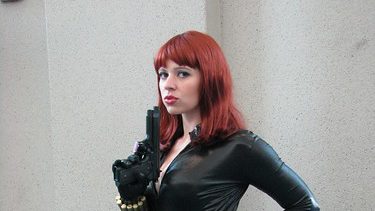
Abilities: Black Widow is an expert martial artist, marksman, and tactician. She also has a serum that slows her aging, keeping her in peak physical condition.
Key Story Arcs: “The Red Room,” “The Widow’s Sting,” “Black Widow: The Name of the Rose.”
7. Wolverine (Logan)
Origin: Wolverine, the iconic X-Man, first appeared in “The Incredible Hulk” #181 in 1974, created by Len Wein and John Romita Sr. Logan is a mutant with a regenerative healing factor and retractable bone claws.
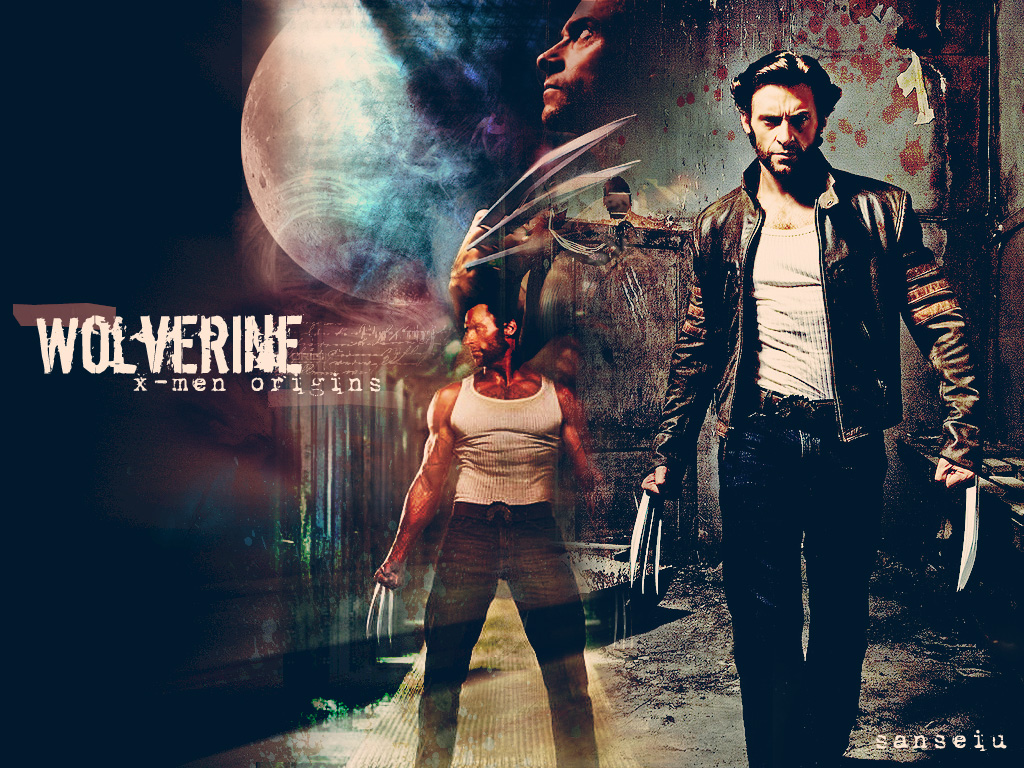
Powers: Wolverine’s healing factor grants him near-immortality, allowing him to recover from nearly any injury. His adamantium-coated claws make him a deadly fighter.
Key Story Arcs: “Weapon X,” “Old Man Logan,” “The Dark Phoenix Saga.”
8. Deadpool (Wade Wilson)
Origin: Deadpool, the Merc with a Mouth, burst onto the scene in “The New Mutants” #98 in 1991, created by Fabian Nicieza and Rob Liefeld. Wade Wilson is a former special forces operative turned mercenary with an accelerated healing factor.

Powers: Deadpool’s healing factor allows him to recover from almost any injury, including dismemberment. He is also a skilled hand-to-hand combatant and marksman.
Key Story Arcs: “Deadpool Kills the Marvel Universe,” “Deadpool & Cable,” “The Good, the Bad & the Ugly.”
9. Doctor Strange (Stephen Strange)
Origin: Doctor Strange, the Sorcerer Supreme, made his mystical debut in “Strange Tales” #110 in 1963, created by Stan Lee and Steve Ditko. Stephen Strange is a brilliant neurosurgeon who becomes a sorcerer after a car accident.
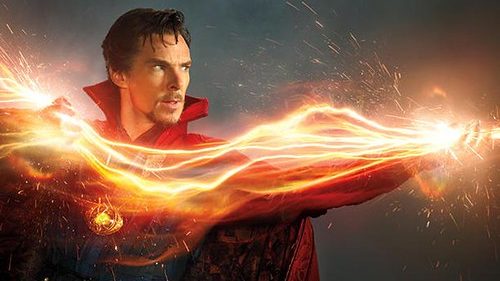
Powers: Doctor Strange is a master of the mystic arts, with abilities that include spell casting, astral projection, and time manipulation. He protects the Earth from supernatural threats.
Key Story Arcs: “The Oath,” “The Infinity Gauntlet,” “The Sorcerer Supreme.”
10. X-Men (Various Members)
Origin: The X-Men, a team of mutants with extraordinary abilities, first appeared in “The X-Men” #1 in 1963, created by Stan Lee and Jack Kirby. Professor Charles Xavier leads this group of mutants who protect a world that fears and hates them.
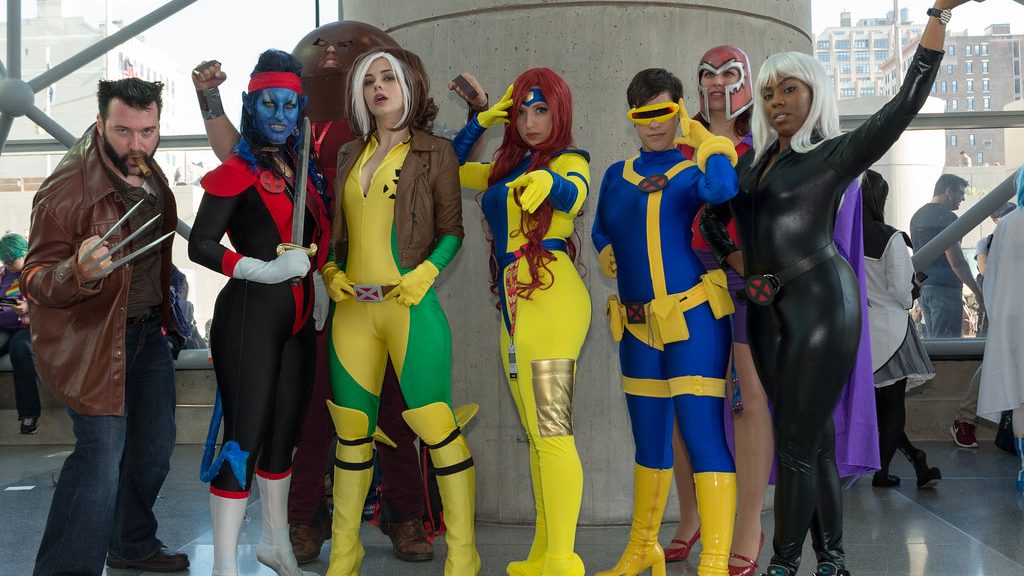
Powers: Each X-Men member has a unique mutant power, such as telepathy (Jean Grey), optic blasts (Cyclops), or weather manipulation (Storm).
Key Story Arcs: “The Dark Phoenix Saga,” “Days of Future Past,” “House of X/Powers of X.”
The Marvel Universe is a vast and ever-evolving tapestry of characters and stories that continue to captivate audiences worldwide. These ten characters and countless others embody the essence of heroism, complexity, and the human spirit. As the Marvel Universe expands across various media, from comics to film and television, these enduring characters remain a source of inspiration and entertainment for fans of all ages.
Frequently Asked Questions About the Marvel Universe
What is the Marvel Universe?
The Marvel Universe is a fictional universe created by Marvel Comics. It is the setting for most Marvel comic books and related media, including movies, TV shows, and video games. It’s a rich and interconnected world inhabited by superheroes, supervillains, and ordinary people.
Who created the Marvel Universe?
The Marvel Universe owes its creation to iconic comic creators like Stan Lee, Jack Kirby, Steve Ditko, and numerous other visionary talents. These creative pioneers introduced unforgettable characters and narratives that laid the very cornerstone of the Marvel Universe.
What are some of the most popular characters in the Marvel Universe?
Some of the most popular Marvel characters include Spider-Man, Iron Man, Captain America, Thor, Hulk, Black Widow, Deadpool, and Wolverine. Each character has a unique backstory and powers.
How many superheroes are there in the Marvel Universe?
In the vast Marvel Universe, there exist countless superheroes, each possessing unique abilities and personalities. This roster is constantly expanding as fresh characters are continually introduced through comics and various media outlets.
Are all Marvel superheroes part of the Avengers?
No, not all Marvel superheroes are part of the Avengers. The Avengers is just one of many superhero teams in the Marvel Universe. Other teams include the X-Men, the Fantastic Four, and the Guardians of the Galaxy, to name a few.
What is the significance of mutants in the Marvel Universe?
Mutants are a unique group of superheroes in the Marvel Universe born with superhuman abilities. The X-Men, led by Professor X, are mutants and have been central in addressing mutant-related issues and threats.
How do characters from different comic series cross over in the Marvel Universe?
Marvel often uses crossover events to bring characters from different comic series together. These events can involve major storylines that impact the entire Marvel Universe, with characters teaming up or facing off against each other.
What are some of the major crossover events in the Marvel Universe?
Some notable crossover events include “Infinity Gauntlet,” “Civil War,” “Secret Wars,” “Infinity,” “House of M,” and “Secret Invasion.” These events typically have significant consequences and shape the Marvel Universe’s continuity.
How does the Marvel Cinematic Universe (MCU) relate to the Marvel Universe in comics?
The MCU is a film and television franchise that adapts characters and stories from the Marvel Universe in comics. While it draws inspiration from the source material, it also takes creative liberties to fit the cinematic medium.
Is there a chronological order to read Marvel comics?
Marvel Comics are only sometimes published in chronological order. Story arcs and character timelines can be complex and interconnected, but readers often start with standalone series or character-focused hooks before diving into more significant crossover events.
Are there alternate realities or dimensions in the Marvel Universe?
Yes, the Marvel Universe features alternate realities and dimensions. For example, the “Multiverse” encompasses various alternate Earths and facts, each with its characters and events. This concept allows for diverse storytelling opportunities.
Is there a central hub or city in the Marvel Universe?
New York City, particularly Manhattan, is often depicted as a central hub in the Marvel Universe. Many superheroes and supervillains call it home, where numerous iconic battles and events occur.
Can I start reading Marvel comics at any point, or is there a recommended starting point?
You can start reading Marvel comics at any point that interests you. Some readers begin with classic storylines, while others dive into contemporary series. Many graphic novels and collected editions provide excellent entry points for newcomers.
Is there an official guide or handbook to the Marvel Universe?
Yes, Marvel has published various “Official Handbook of the Marvel Universe” series over the years. These reference guides provide detailed information about characters, locations, and events within the Marvel Universe.
How has the Marvel Universe evolved?
The Marvel Universe has evolved to reflect real-world changes and societal issues. It has introduced diverse characters, addressed social themes, and adapted to modern storytelling while honoring its rich history.
Are there plans for the future of the Marvel Universe?
Marvel continues to expand its comic book and media offerings with new characters, stories, and adaptations in the works. The Marvel Universe is dynamic and ever-evolving, promising exciting developments for fans in the future.
Read also: Controversy Surrounding Upcoming Middle East Barbie Movie Sparks Censorship Debate


